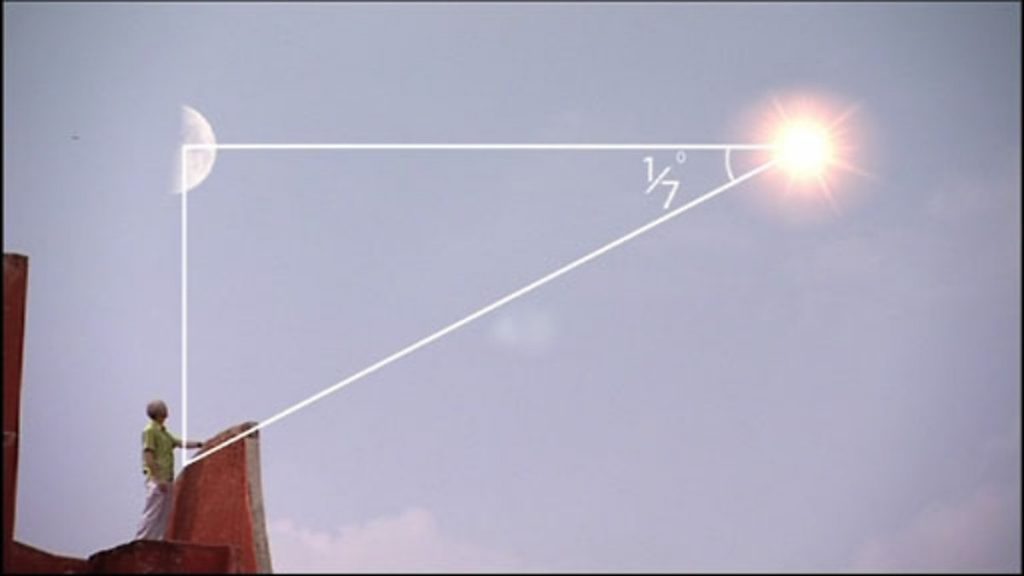The Story of Maths episode 2 – The Genius of the East: When ancient Greece fell into decline, mathematical progress stagnated as Europe entered the Dark Ages, but in the east mathematics reached new heights.
Du Sautoy visits China and explores how maths helped build imperial China and was at the heart of such amazing feats of engineering as the Great Wall. In India, he discovers how the symbol for the number zero was invented and Indian mathematicians’ understanding of the new concepts of infinity and negative numbers.
In the Middle East, he looks at the invention of the new language of algebra and the spread of eastern knowledge to the west through mathematicians such as Leonardo Fibonacci, creator of the Fibonacci Sequence.
The Story of Maths episode 2 – The Genius of the East
Negative number
For a long time, negative solutions to problems were considered “false”. In Hellenistic Egypt, the Greek mathematician Diophantus in the 3rd century AD referred to an equation that was equivalent to 4x + 20 = 4 (which has a negative solution) in Arithmetica, saying that the equation was absurd.
Negative numbers appear for the first time in history in the Nine Chapters on the Mathematical Art (Jiu zhang suan-shu), which in its present form dates from the period of the Han Dynasty (202 BC – AD 220), but may well contain much older material. The mathematician Liu Hui (c. 3rd century) established rules for the addition and subtraction of negative numbers. The historian Jean-Claude Martzloff theorized that the importance of duality in Chinese natural philosophy made it easier for the Chinese to accept the idea of negative numbers.
The Chinese were able to solve simultaneous equations involving negative numbers. The Nine Chapters used red counting rods to denote positive coefficients and black rods for negative. This system is the exact opposite of contemporary printing of positive and negative numbers in the fields of banking, accounting, and commerce, wherein red numbers denote negative values and black numbers signify positive values. Liu Hui writes: Now there are two opposite kinds of counting rods for gains and losses, let them be called positive and negative. Red counting rods are positive, black counting rods are negative.
Fibonacci
Fibonacci, also known as Leonardo Bonacci, Leonardo of Pisa, or Leonardo Bigollo Pisano (“Leonardo the Traveller from Pisa”), was an Italian mathematician from the Republic of Pisa, considered to be “the most talented Western mathematician of the Middle Ages”.
The name he is commonly called, Fibonacci, was made up in 1838 by the Franco-Italian historian Guillaume Libri and is short for filius Bonacci (“son of Bonacci”). However, even earlier in 1506 a notary of the Roman Empire Perizolo mentions Leonardo as “Lionardo Fibonacci”.
Fibonacci popularized the Hindu–Arabic numeral system in the Western World primarily through his composition in 1202 of Liber Abaci (Book of Calculation). He also introduced Europe to the sequence of Fibonacci numbers, which he used as an example in Liber Abaci.




